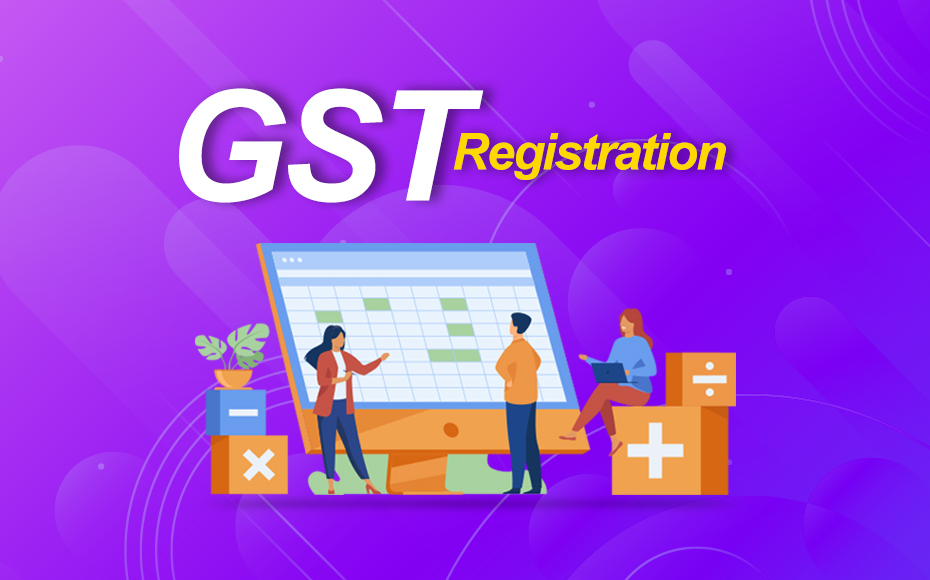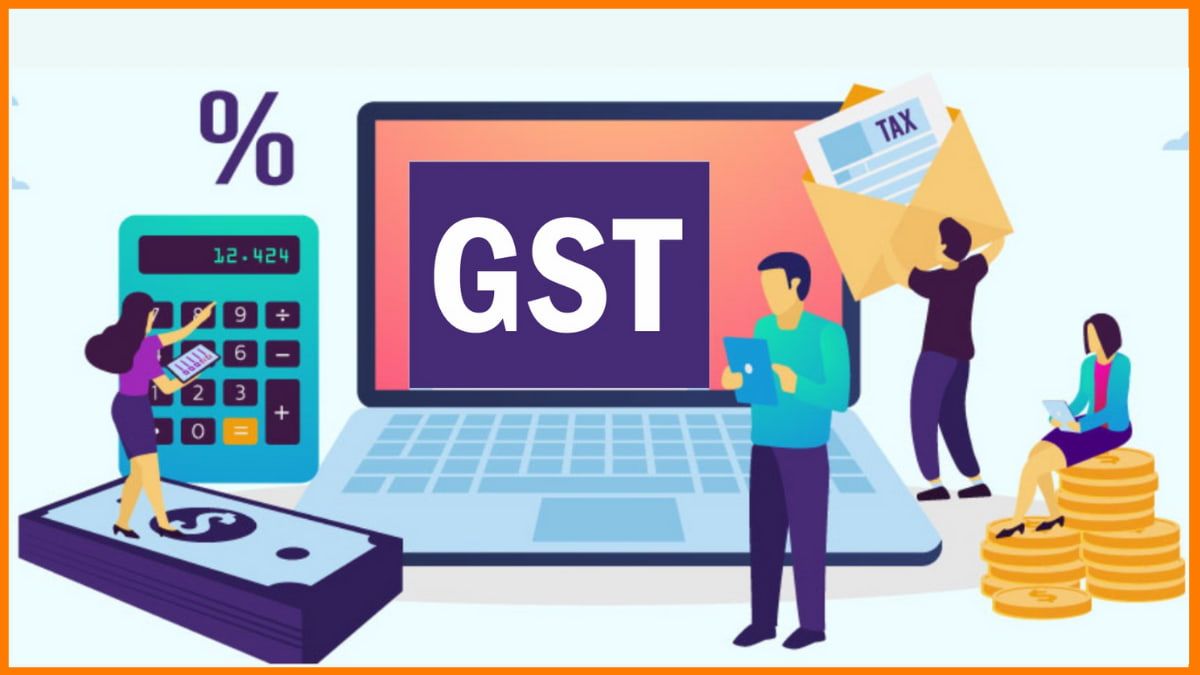Navigating the Complexities of GST Registration: Expert Tips to Guarantee a Successful and smooth Registration
Navigating the complex landscape of GST registration can be a difficult job for organizations intending to comply with regulative needs. By exploring the common obstacles and necessary aspects linked with GST registration, organizations can furnish themselves with the knowledge required to navigate this facility surface properly.
Understanding GST Enrollment Refine
Browsing through the complexities of the GST enrollment process calls for an extensive understanding of the documentation and needs included. The procedure begins by establishing whether an organization is qualified for GST registration based on factors such as annual turnover, interstate transactions, and the sort of items or services given. Once qualification is developed, the next action is to collect the needed files, including evidence of service address, incorporation and identification evidence of the marketers, bank statements, and monetary statements. These documents play a crucial role in verifying the info supplied in the registration application.
Furthermore, it is vital to ensure that all information gone into in the application are precise and as much as day, as any disparities may bring about hold-ups or rejection of the enrollment. Understanding the various GST types and their specific usages is additionally crucial in finishing the enrollment procedure smoothly. By familiarizing oneself with these requirements and staying arranged throughout the application process, services can navigate the GST registration process efficiently and successfully.
Essential Documentation for Registration
In order to successfully finish the GST enrollment process, businesses have to gather and submit crucial documents that corroborates their qualification and supports the information offered in the application. The crucial documents required for GST registration normally consist of evidence of company incorporation or registration, identification and address evidence of the main local business owner or companions, bank account statements, service frying pan card, and proof of organization address such as energy expenses or rent out arrangement.

Guaranteeing that all required documentation is exact, as much as day, and in the suggested format is essential to avoid hold-ups or issues during the GST enrollment process. Services ought to very carefully examine the record needs laid out by the tax obligation authorities to assist in a successful and smooth registration.
Common Mistakes to Avoid
A critical element of the GST registration procedure entails steering clear of typical mistakes that can restrain the smooth conclusion of registration for companies. Errors in details such as the company address, name, or pan can lead to hold-ups in the enrollment process.
One more usual mistake is not understanding the limit for enrollment. Companies should sign up for GST if their annual turnover goes beyond the prescribed limit, stopping working which can cause charges and lawful effects (Simplify your GST registration process with our expert services in Singapore). As a result, it is essential for companies to remain notified regarding the enrollment requirements and target dates to prevent non-compliance concerns.
Additionally, some services ignore the significance of timely submission of registration papers. Delays in sending necessary forms and files can lengthen the enrollment procedure needlessly. To avoid this, services ought to establish a timeline for event and sending all required paperwork quickly. By preventing these typical mistakes, services can browse the GST registration process efficiently and ensure conformity with the tax laws.
Maximizing Input Tax Obligation Credit History Advantages

Businesses should also consistently reconcile their acquisitions with the auto-generated input tax obligation debt available on the GST site to identify any kind of inconsistencies and fix them immediately. It is a good idea to conduct regular evaluations of input tax obligation credit report asserts to ensure compliance with GST regulations and guidelines. By vigilantly adhering to these techniques, companies can optimize their input tax obligation credit rating benefits, improve their profits, and stay compliant with GST needs.
Professional Tips for Smooth Enrollment
Smooth registration under the GST regimen begins with thorough attention to information in guaranteeing all necessary files and info are ready accurately and in conformity with governing requirements. To start the enrollment procedure flawlessly, businesses need to first identify their qualification for GST registration based upon turn over and service tasks. It is vital to collect and organize important records such as frying pan card, evidence of business identity, address and enrollment proofs of marketers, bank declarations, and business-specific records like rental contracts or energy costs for the facilities. Making sure that all information supplied is consistent across files can protect against hold-ups or rejections during the registration visit this site right here process. Furthermore, verifying the accuracy of information entered in the GST enrollment application is paramount. Any type of errors or disparities might cause difficulties in the future. Looking for experienced assistance or making use of on the internet sources offered by the tax obligation authorities can also Resources help in a smoother registration process, aiding services stay clear of usual mistakes and browse the complexities of GST registration effortlessly.

Conclusion
Finally, navigating the complexities of GST enrollment needs a comprehensive understanding of the process, vital documentation, common mistakes to stay clear of, and methods to make the most of input tax debt advantages. By adhering to specialist ideas and guidelines, services can make certain a successful and smooth enrollment process, ultimately leading to conformity with GST guidelines and making the most of tax obligation benefits.
By familiarizing oneself with these needs and remaining arranged throughout the application procedure, businesses can navigate the GST enrollment procedure effectively and properly.
An essential element of the GST registration process entails steering clear of common errors that can hinder the smooth completion of registration for companies. By staying clear of these usual risks, businesses can navigate the GST enrollment procedure successfully and guarantee compliance with the tax obligation policies.
To kickstart the registration process seamlessly, businesses ought to initially identify their eligibility for GST registration based on turnover and business activities. Looking for expert support or utilizing online resources provided by the tax authorities can additionally help in a smoother registration process, helping companies prevent typical challenges and browse the intricacies of GST registration with ease.